Photos/Videos by Scott Salem
Oaxaca (wha-ha-ka ) is one of Mexico’s biggest states and home to a vibrant indigenous culture. Colorful, diverse and delicious, there is no better food to be found. The city is walkable with friendly, relaxed people.
Through the eyes of a local
We spent a full day with family friend Rey Mateo exploring several towns outside of the Oaxaca center including Jlatlaco, Hierve El Agua, Santa Maria del Tule and Matatlan.
Get lost among the city's murals & street art in Barrio de Jalatlaco: a traditional, street-art-filled neighborhood (barrio) walkable from the historic center of Oaxaca. The area’s charming cobbled streets are lined with colorfully painted facades and dotted with shops selling everything from organic produce to chocolate. We stopped in for a coffee and a bite at Pan Nela Panderia de Barrio.
Visit the world’s widest tree: El Árbol del Tule located in the church grounds in the quaint town center of Santa María del Tule. A Montezuma Cypress known as the tree of enlightenment, it's trunk measures 46 feet in circumference.
A frozen waterfall at Hierve El Agua: a set of natural travertine rock formations that resemble cascades of water. It’s a bumpy adventure to get there and well worth it! This impressive landmark looks like a gushing waterfall that froze mid-spill over the edge of a cliff. It's not actually frozen, but an illusion due to calcified mineral deposits. It is one of two petrified waterfalls in the world. Bring your bathing suit and you can take a dip in the man made pools. Also, a hat & sunglasses as there is very little shade.
From there we stopped in Matatlan for a traditional Oaxacan lunch at Real Matlatl Mezcaleria where their entire process of making artisanal Mezcal is based upon traditional and pre-Hispanic methods using the purest organic agaves, planted and harvested by hand.
For our last stop, Rey took us to his family’s artisanal mezcal palenque (a mezcal distillery, often part of the mezcalero's home or property) where he taught us how El Rey de Zapoteco Mezcal has been produced for generations.
Fun fact: technically, all tequila is mezcal. The term mezcal refers to spirits made from the agave plant, while tequila refers to a specific type of mezcal that can only be made from blue agave in five Mexican states.
Local highlights to see and do
Join a calenda: a small parade that can celebrate anything from a wedding to a patron saint. It's basically a walking party of people enjoying a procession full of dance and music (similar to a second line in New Orleans). All are welcome to follow and participate. Hang around the Zocalo (main square) long enough and you are bound to run into one like we did on our way to dinner!
Walk like a Zapotec at Monte Albán: grab a taxi (approx. $12 USD each way) and visit the ruins of the great Zapotec city. This impressive UNESCO site is just outside Oaxaca and has amazing views down across the valleys from its high position. We visited when the land was dry, however it must be amazing when in full greenery.
Tip: If you don’t see any taxis by the parking lot, look for the minivan shuttle to Oaxaca Centro for 50 pesos/person.
Discover the historic core and Zócalo: the Zócalo (main square) is the heart of the city and has been so since 1529. A small, bustling public square surrounded by restaurants, vendors & historic buildings. Look for the cart selling delicious handmade mango ice pops!
Count gold at Templo de Santo Domingo: the Church is an example of New Spanish Baroque architecture. The interior is covered with gold and ornately carved stone and wood. The gold includes more than 60,000 sheets of 24 carat gold leaf. It’s a stunning sight to see.
Take a spiritual steam: Temazcal is the prehispanic version of a sweat lodge. It comes from a Nahuatl word that means "house of heat," and many of Mexico's indigenous people practice temazcal ceremonies for healing. Temazcal Oaxaca was a serene experience and we opted for the massage afterwards. It was an amazing way to end our week in Oaxaca before boarding a plane to CDMX (Mexico City).


The sights and smells of Mercados
Oaxaca has so many different markets to explore, and each one offers a unique experience - a favorite when we travel.
Mercado 20 de Noviembre: is one of the main markets for prepared food and ingredients, like spices, herbs, produce, and meat. We ate lunch at Comedor Chabelita known for their amazing tlayudas served on a massive tortilla and topped with beans, Oaxacan cheese, lettuce, and squash blossoms. We washed it down with an ice cold Victoria beer. Additionally, the Pasillo de Humo ("alley of smoke") is located inside this market where different vendors sell meats, salsas, tortillas, drinks, etc. You choose your meat and toppings and find a seat and it’s prepared for you on charcoal grills right next to the meat counters.


Mercado Benito Juarez: is a local market adjacent to 20 de Noviembre. You can find different stalls featuring everything from grasshoppers (chapulines), mole, worm salt (sal de gusano), fresh meats and homemade tortillas to mezcal and cheeses.
Central de Abastos: is the largest market in Oaxaca. Finding Dona Vale and her world-famous memelas is an adventure. Her stand sits in this market which takes up around 120 hectares (1 hectare=2.47 football fields). Yes, her business is on Google Maps, but the pin is just a ballpark locator, so be patient. She was featured on the Netfix Street Food series and Somebody Feed Phil. She always has a line for her homemade tortillas topped with beans, meat of your choice and perhaps a fried egg. Her salsa morita is a religious experience. Bet you can't eat just one.


Mercado IV Centenario: towards the end of our stay we stumbled upon a smaller market around the corner from our apartment where locals go for a meal or groceries. Here we discovered the freshest juice ever… if only we found it sooner, if only we could have this fresh quality at home!
Places we ate & sipped
The city is a culinary experience where you can try items indigenous to Oaxaca like crispy tlayudas, decadent enmoladas, crunchy, salty chapulines, and, of course, the seven different kinds of mole perfected in Oaxacan kitchens. We found these dishes at the humblest of street carts, small mom & pop kitchens and chef-inspired restaurants around the city, where you can pair a dish with a sexy Mezcal cocktail.
Casa Oaxaca El Restaurante: we had chef Alejandro Ruiz’s iconic dishes of turkey, rice with chepil (an herb used in Oaxacan cooking), mashed plantain, Hoja Santa and black mole. Then moved on to the duck with white mole, beet and pumpkin. Book a table on the open-air terrace.
Almú: A tiny hacienda in the middle of the city. Amazing enchiladas with tres moles, tamales. The carne frita-pork slow cooked for hours in its own juices melts in your mouth. The tlayudas are topped with grilled spicy pork, beef and chorizo. The menu is handwritten in a notebook. Cash only. We went twice.
Sirilo Cocina Folk: located in Colonia Reforma - a quiet, modern residential district. We drank micheladas with fruity mezcal ice pop floaters. They serve the plumpest shrimp tacos. Don’t miss the mango ceviche and delicious cheesecake at this hidden gem.
Casa Porfirio: Mescaleria & restaurant with occasional DJs and live music. We enjoyed a night cap in the upstairs bar.
Café Brújula: there are several locations of this traditional Oaxacan coffee factory and cafe. On a hot afternoon we stopped in the Alcalá cafe for an ice coffee and relaxed in the charming interior courtyard.
Llevadura de Olla: a gastronomic experience for sure at this chef inspired restaurant. The dish in the photo below looks like a giant meatball, but it's a mix of corn masa, pumpkin and pumpkin seeds. You just can't stop eating it. Ancestral ingredients and recipes blend with modern techniques here. The results are spectacular. 7 tomatoes that blow your mind. Tamales with mole from the gods. A chocolate cake that is cacao rich and dense and satisfying.


Sabina Sabe: We sat at the bar and enjoyed small plates and sipped mezcalitas. Great vibe however it is walk-in only / no reservations.
Cafe Caracol Purpura: family business in the production of traditional Oaxacan chocolate and coffee. Coffee beans are sourced from several local coffee estates. You can also pick up a bag of their beans to take home.
Campesino Pandaeria Artesanal: we strolled around the corner for our daily flat white coffee and just out of the oven baked goods where we got to know the baker and his friendly staff.


Salon de la Fama Cantina: we popped in here for drinks and had a blast taking in the local atmosphere. We sat at the bar where I had my favorite mescalita and Scott sipped (kissed - more on that later) mezcal.
Mamá Pacha: Artisanal chocolate cafe serving chocolate de agua (with water) or with milk. We tried one of each. If you have room in your carry-on grab some chocolate bars to go.
Street food
Street food carts abound in Mexico - do us a favor do not shy away. Do your research and you will find some of the tasty food ever. If in doubt seek out a stand with a local crowd. Here’s what we tried and loved.
El Lechoncito De Oro: you will stand in line, however their selection of pork tacos and tostadas are worth the wait!
Victoria: Esquites (Mexican street corn in a cup). A classic snack with fresh corn, Mexican crema, cotija cheese, butter, and Tajín.
Ricas Marquestias: a dessert that consists of a crepe, rolled like a taco, filled with chocolate or Nutella and your choice bananas or strawberries.
Signature tastings
Memelas: (also known as memelitas) are a thicker version of a tortilla made of masa topped with different fresh ingredients. A Oaxacan breakfast staple.
Tlayudas: aka Oaxacan pizza is native to the state. Need we say more!


Zucchini flowers: we are big fans of these gorgeous blossoms, and found them everywhere - in abundance at the markets and on the menus of many restaurants - a treat for us on repeat!
Pulque: a fermented alcoholic beverage made from the agave plant. It has a cloudy, milky, unfiltered appearance. It is slightly sweet and yeasty. It has about a 6 percent alcohol content.
Chapulines: are toasted and fried grasshoppers. They have a nutty in flavor. Try it, you will like it.
Michelada: a Mexican drink made with beer, lime, assorted sauces, spices, and chili peppers. It is served in a chilled, Tajin-rimmed glass. There are numerous variations of this beverage throughout Mexico. Surprisingly delicious!
Mezcal: when visiting a place we typically stick to the local drink. We enjoyed it in many variations - the traditional mescalita simply made with fresh juice, bitters, simple syrup or as a mezcal negroni. It is common to drink it straight up, but never shoot it. Rey offered this tip - “you don’t sip the mezcal, you kiss it.”
Los Pepos Bolis Gourmet: we enjoyed many siestas (to beat the heat) on our sprawling outdoor balcony while savoring the handmade ice cream sold by our neighbor in her house next door. What a treat!
Buenos dias!
x Kat & Scott







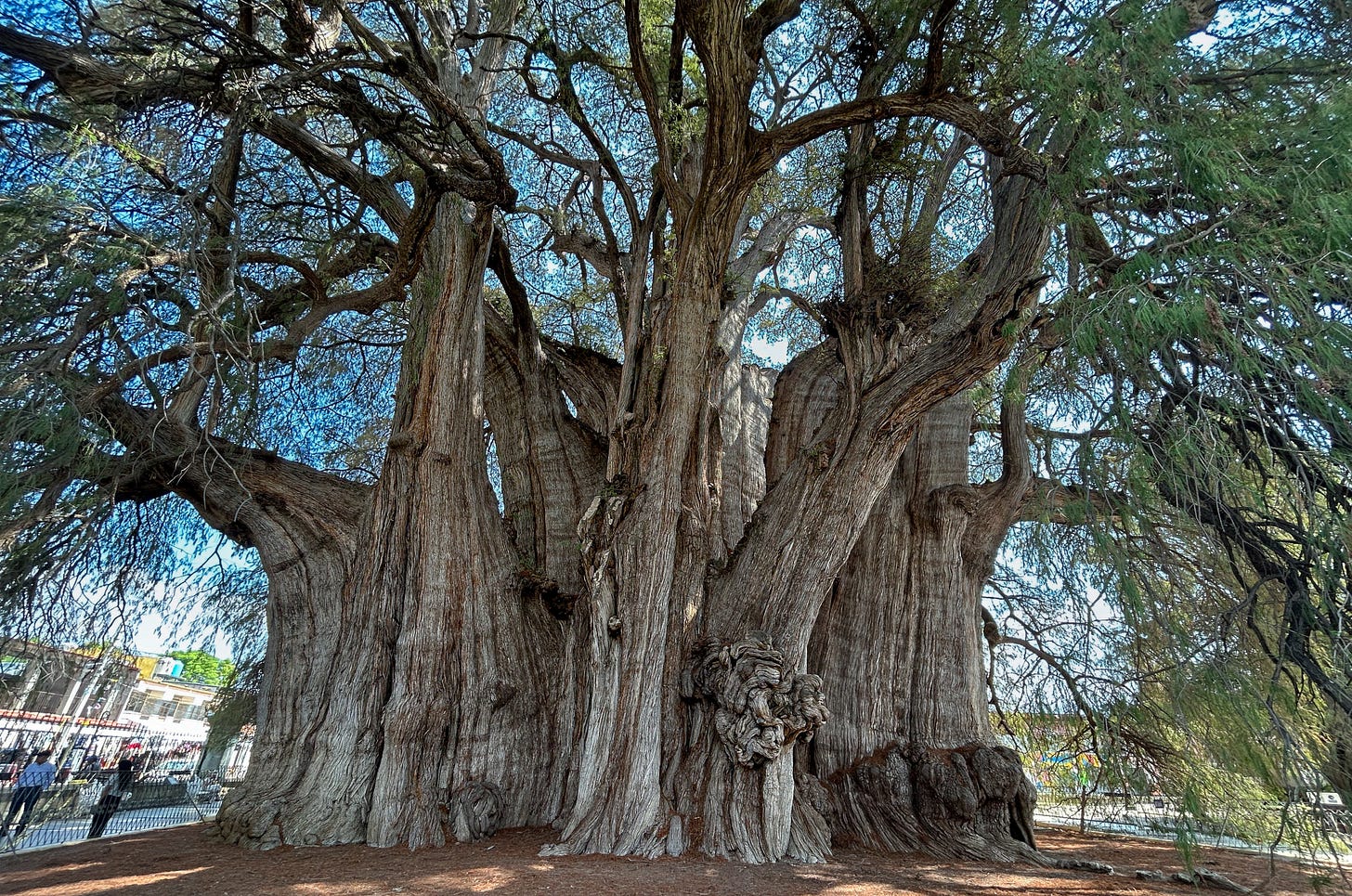
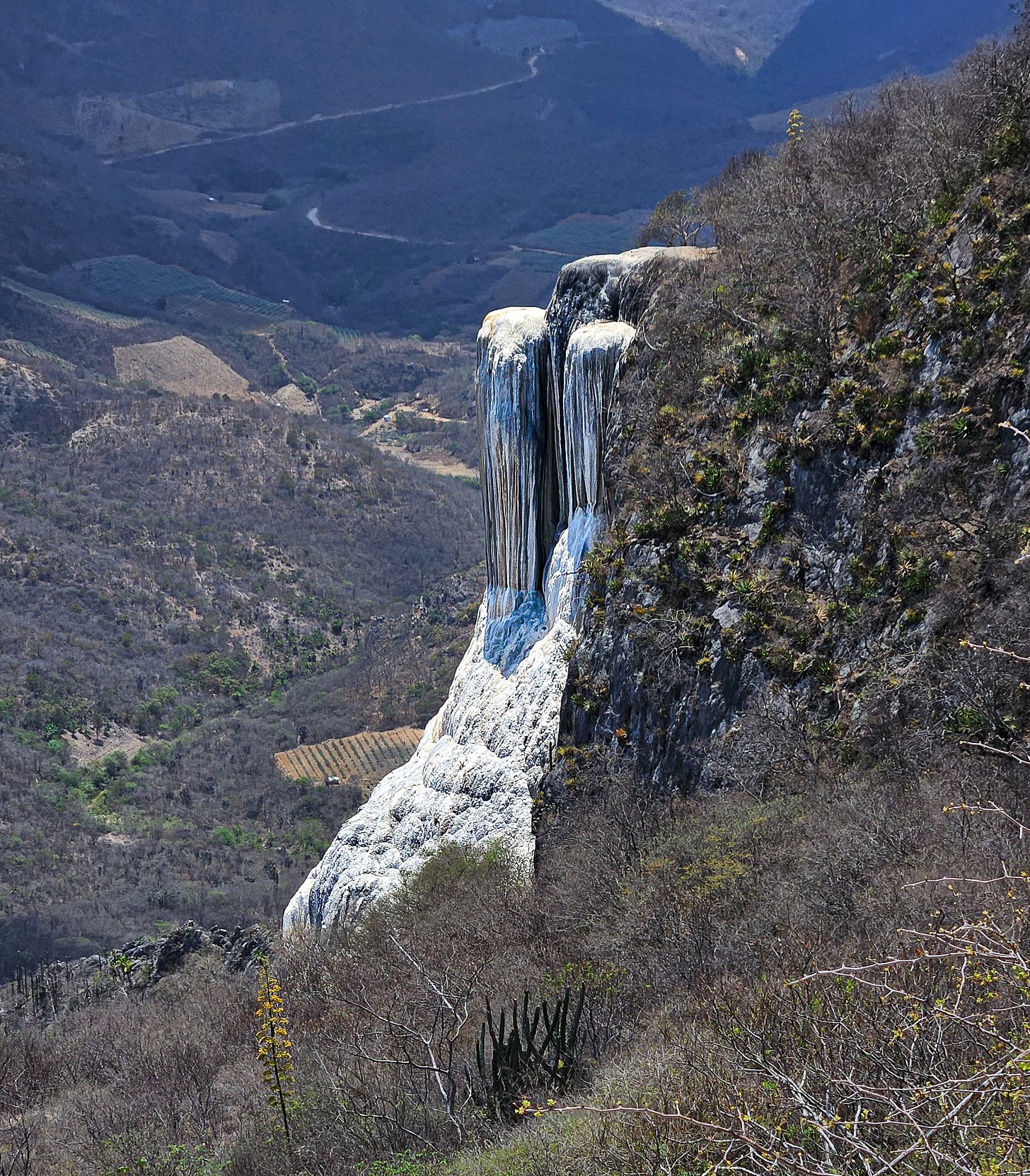
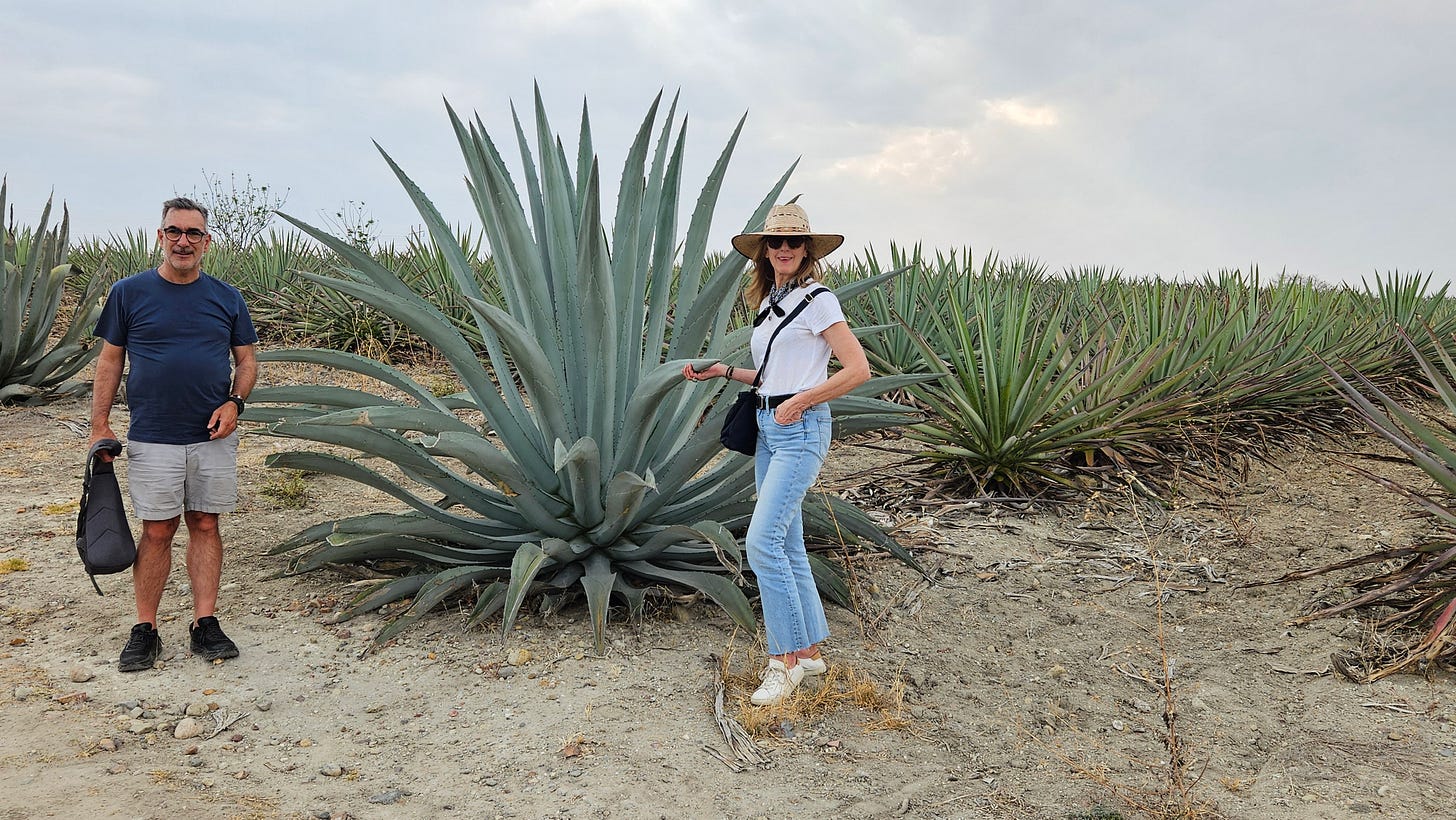
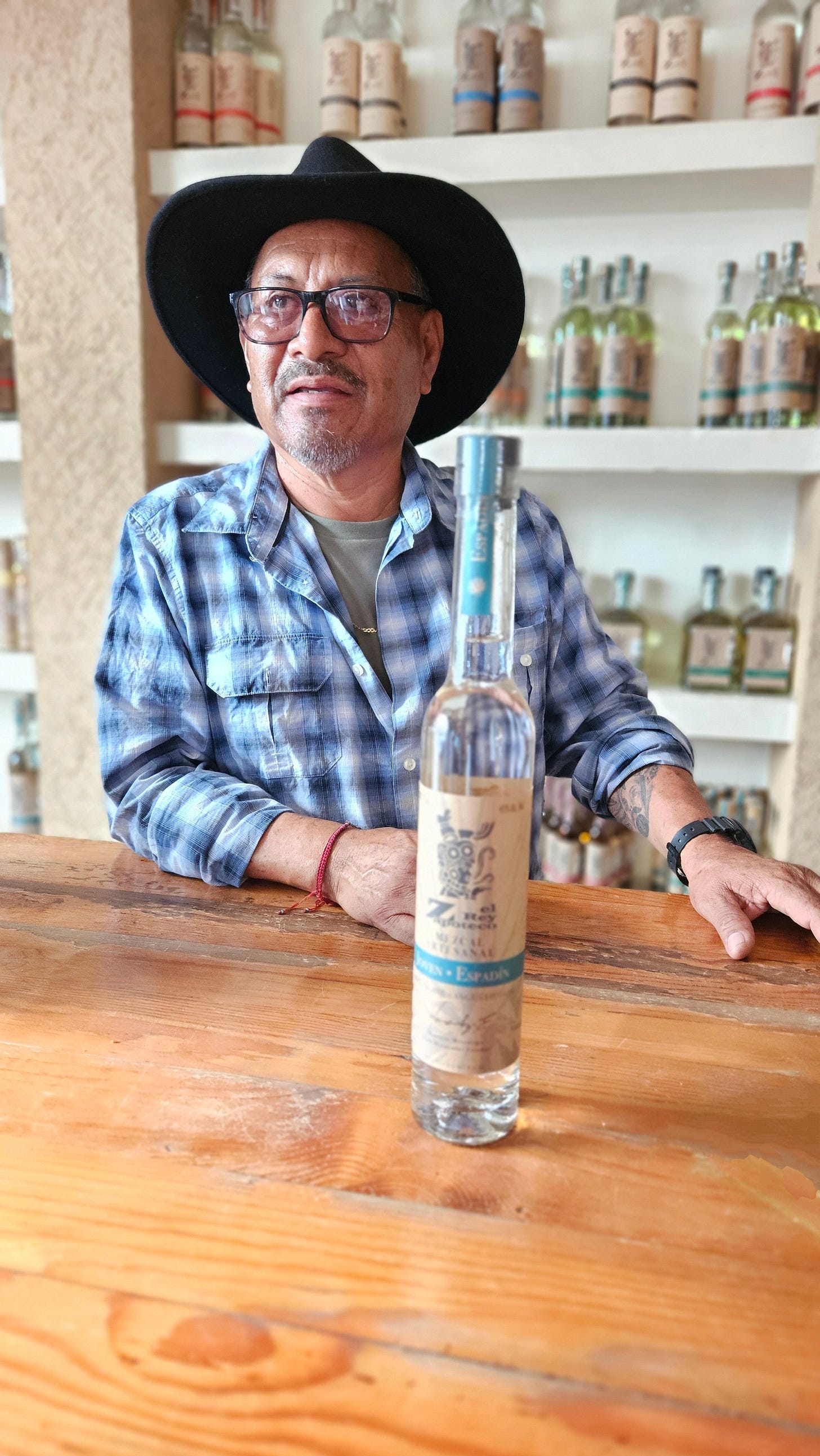
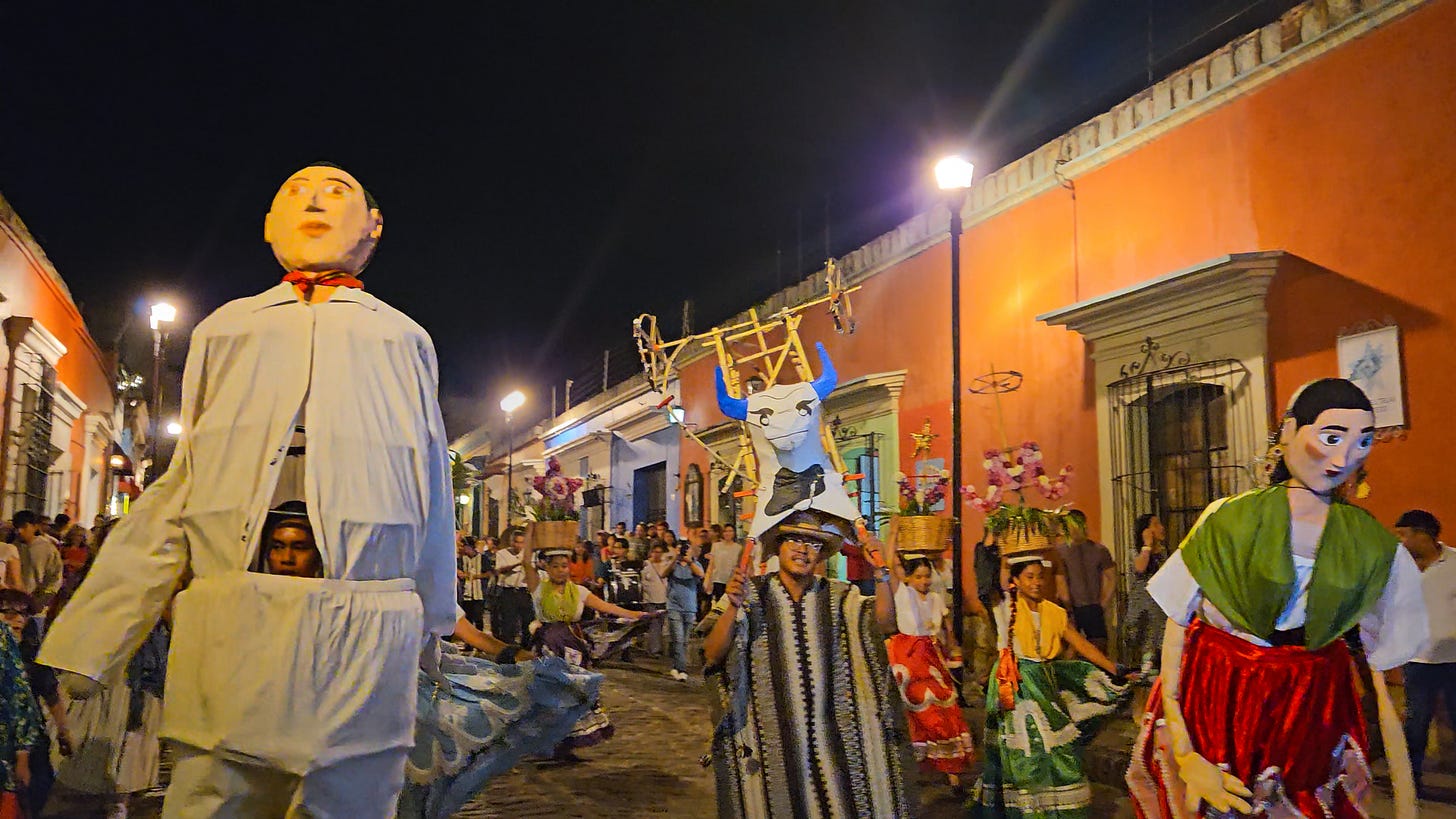
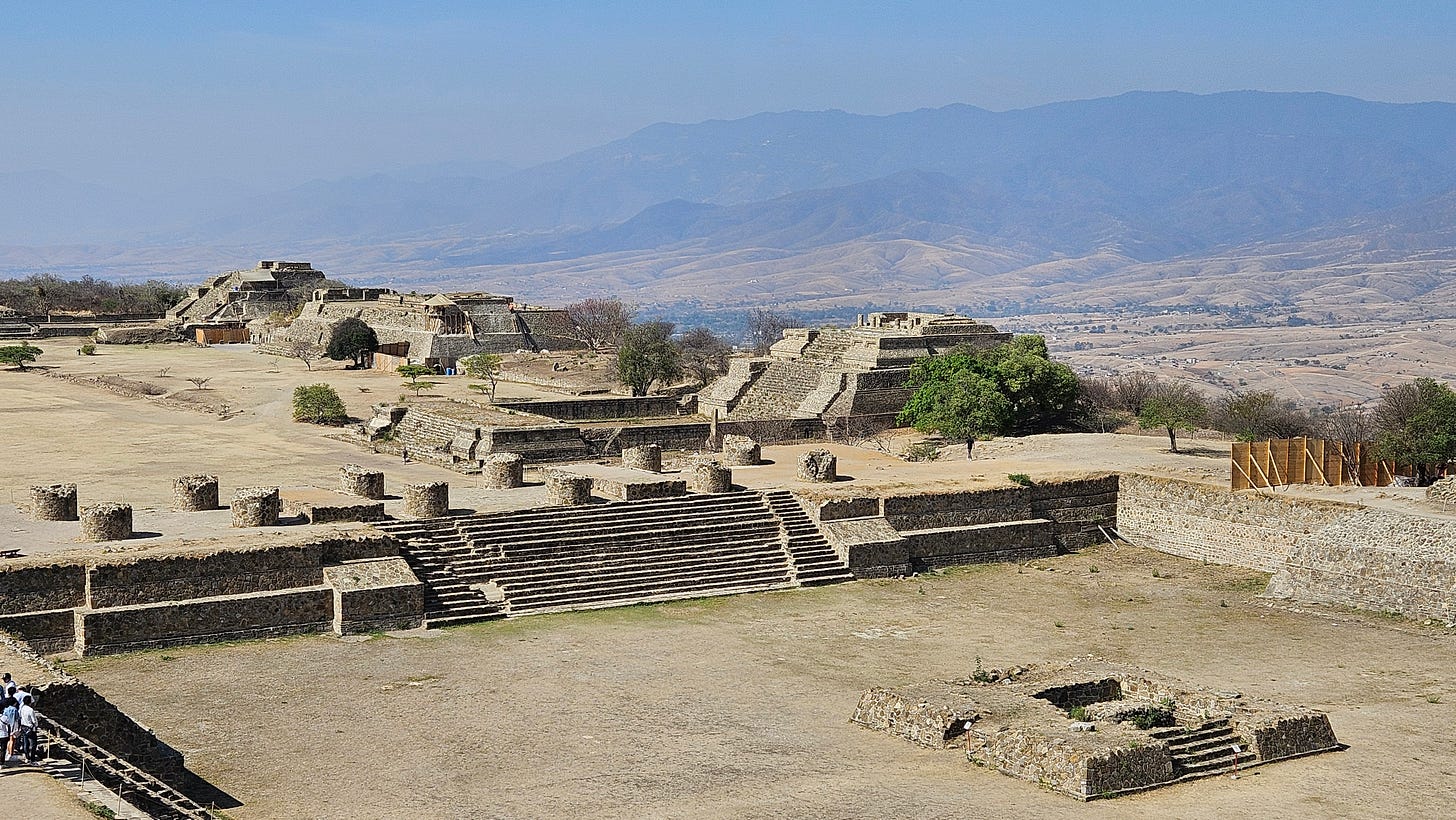
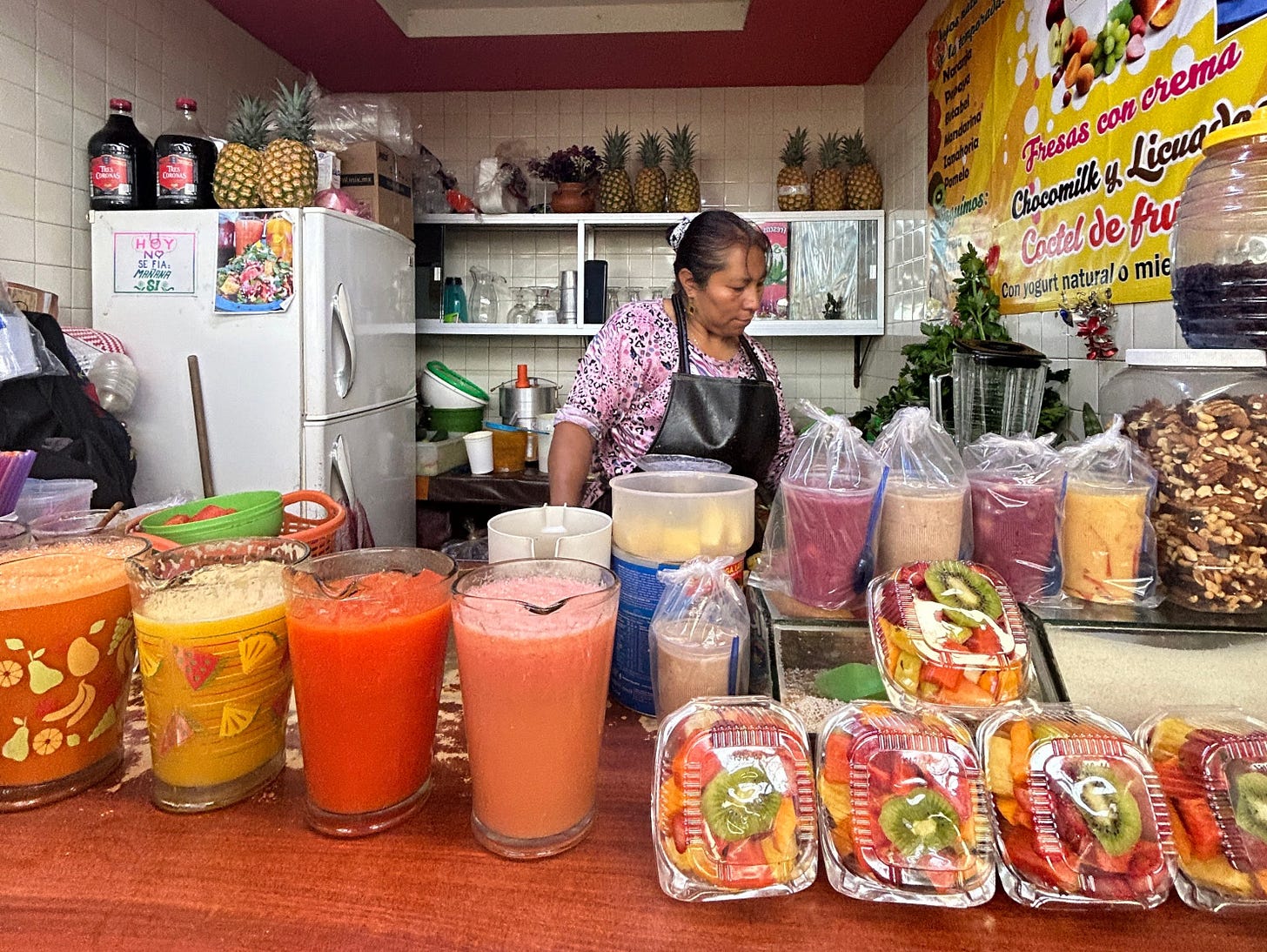
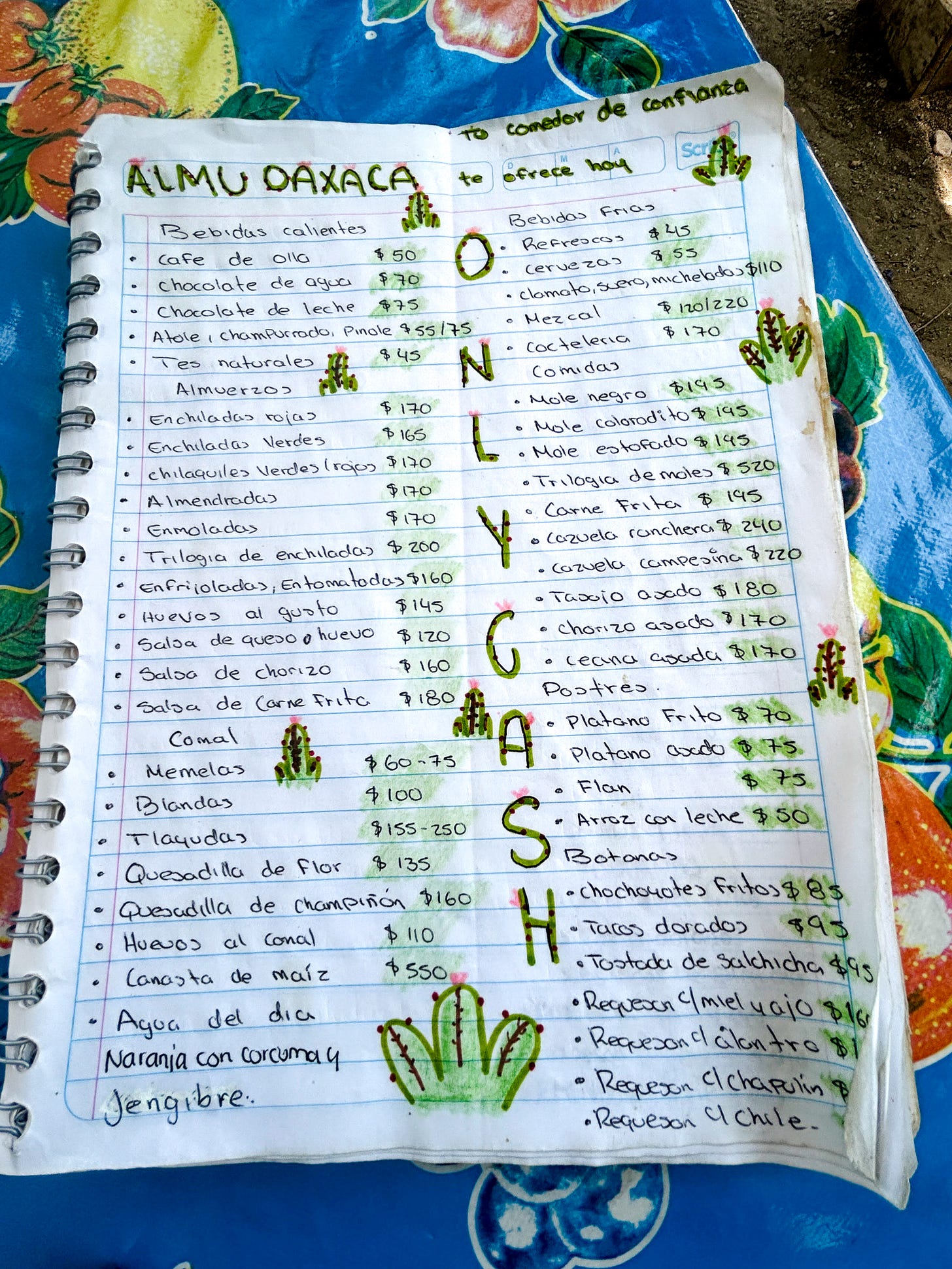
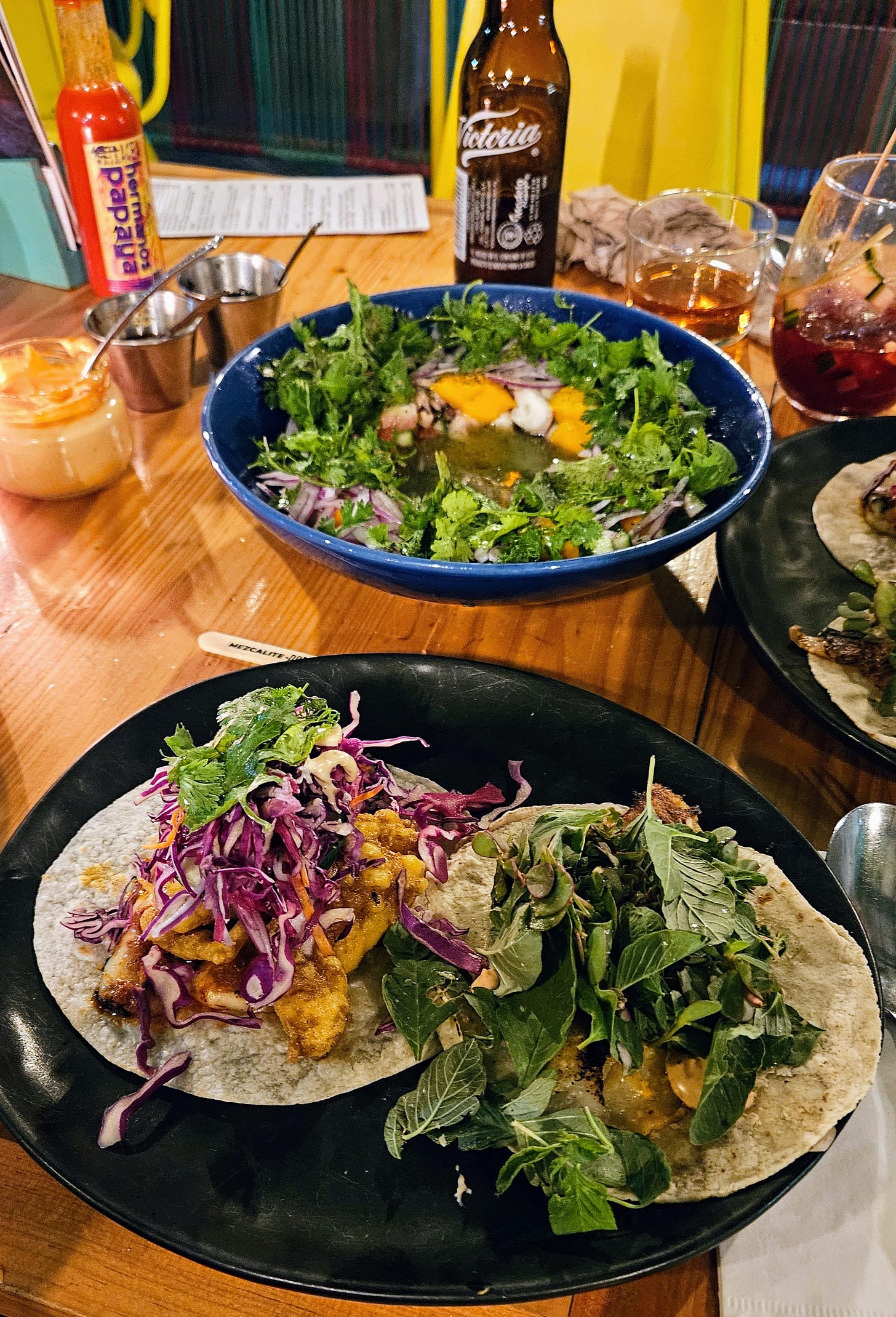
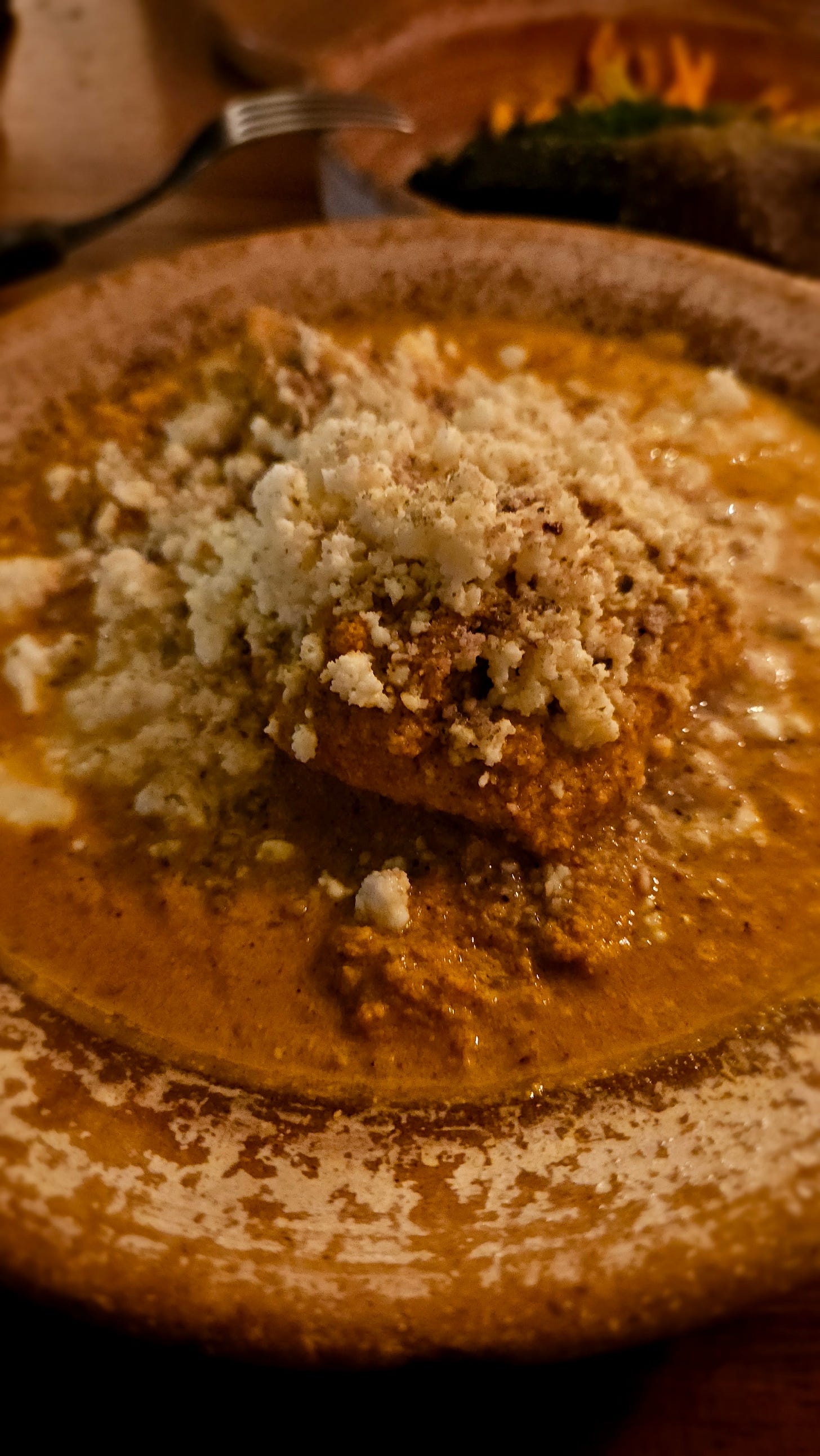
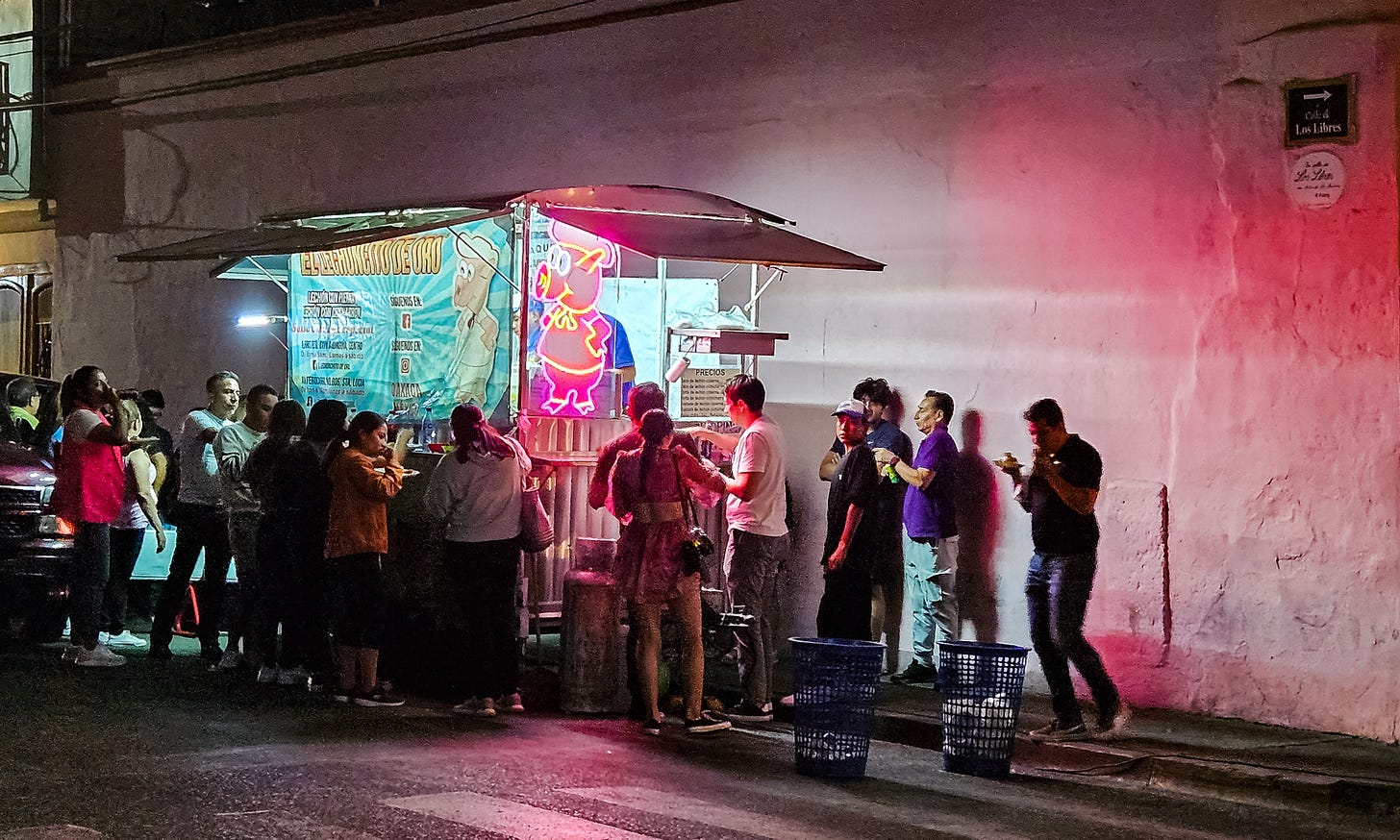
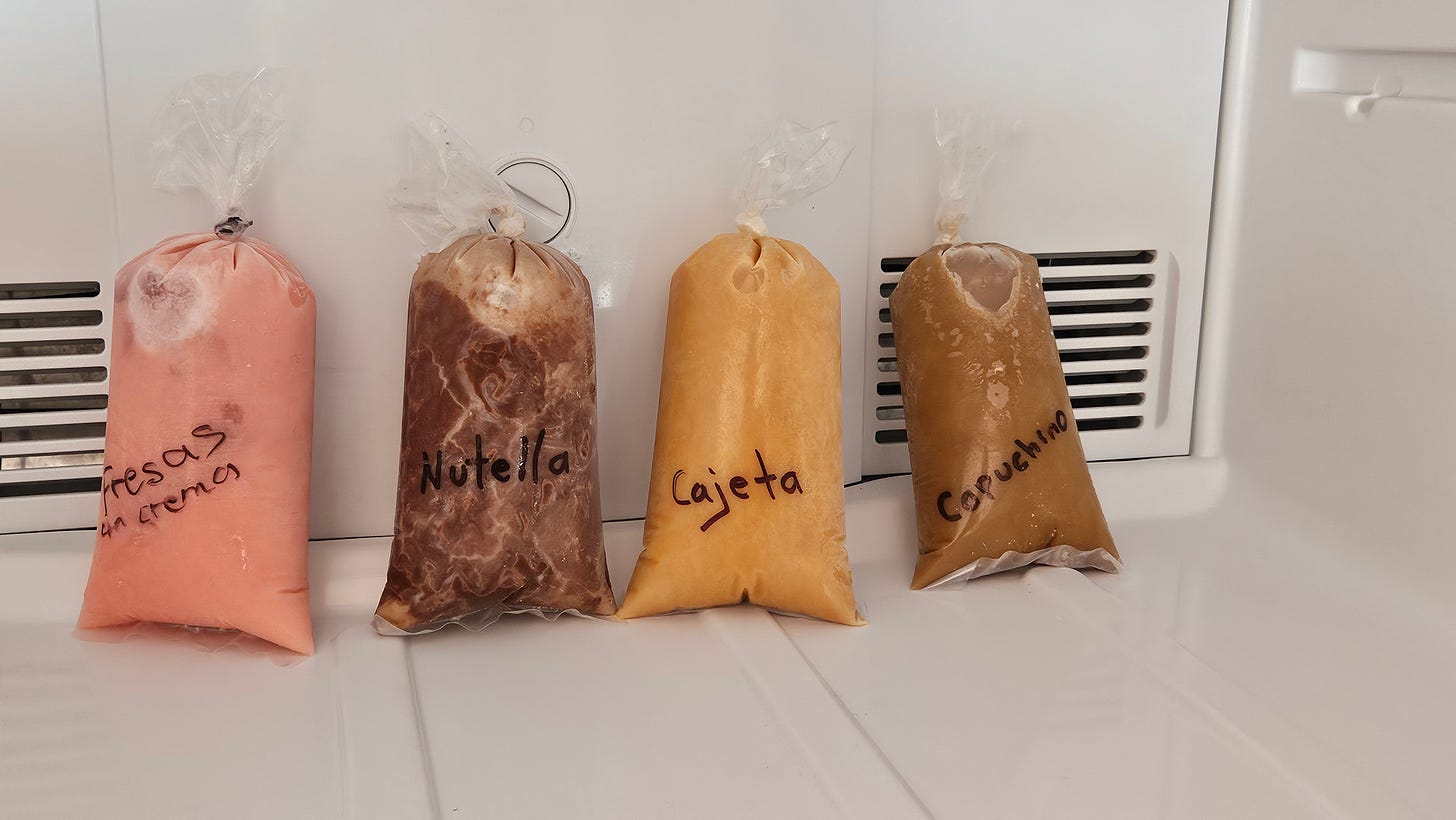
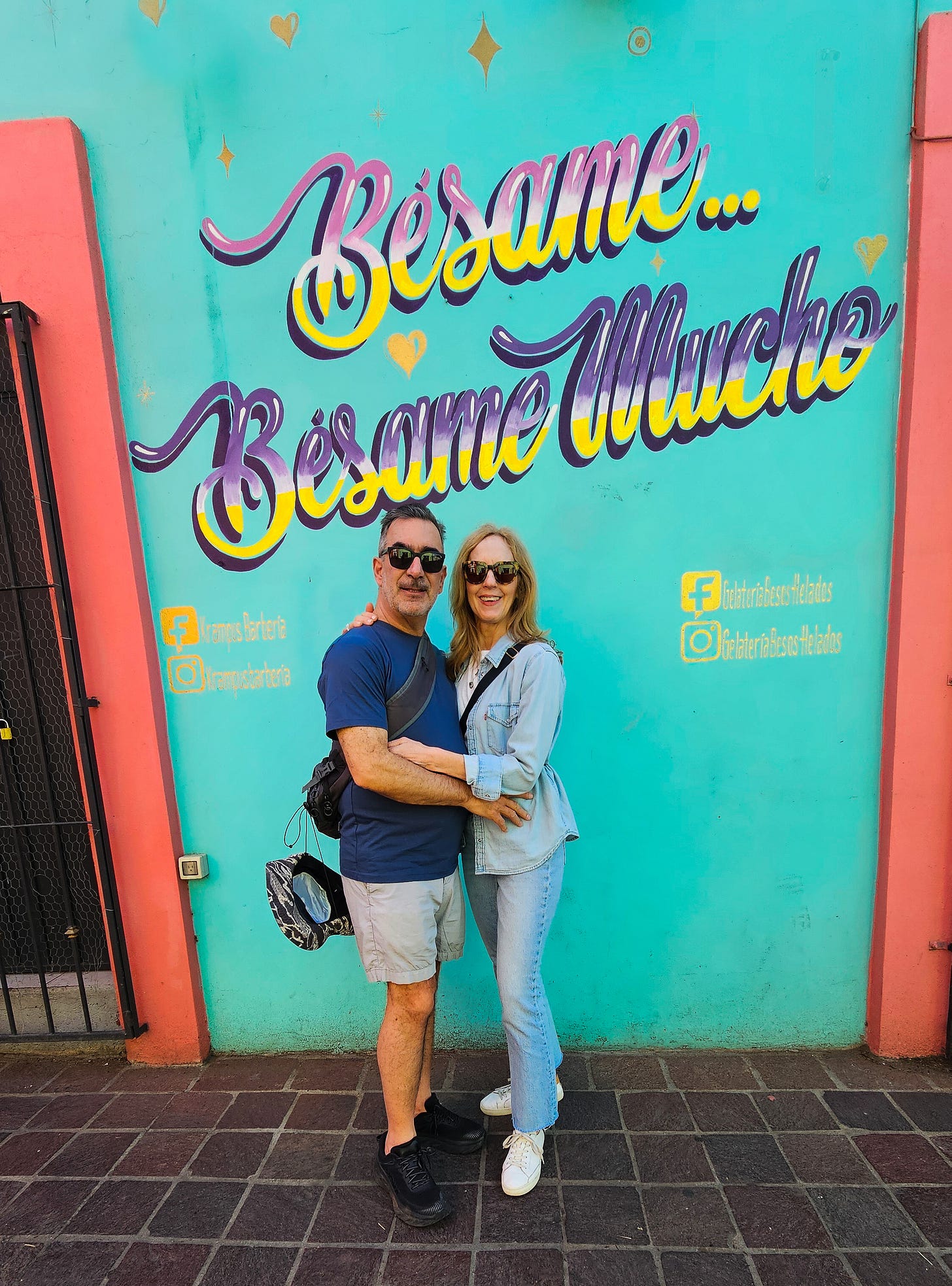
Everything sounds delicious! I would never stop eating. Great detailed explanations. 👍